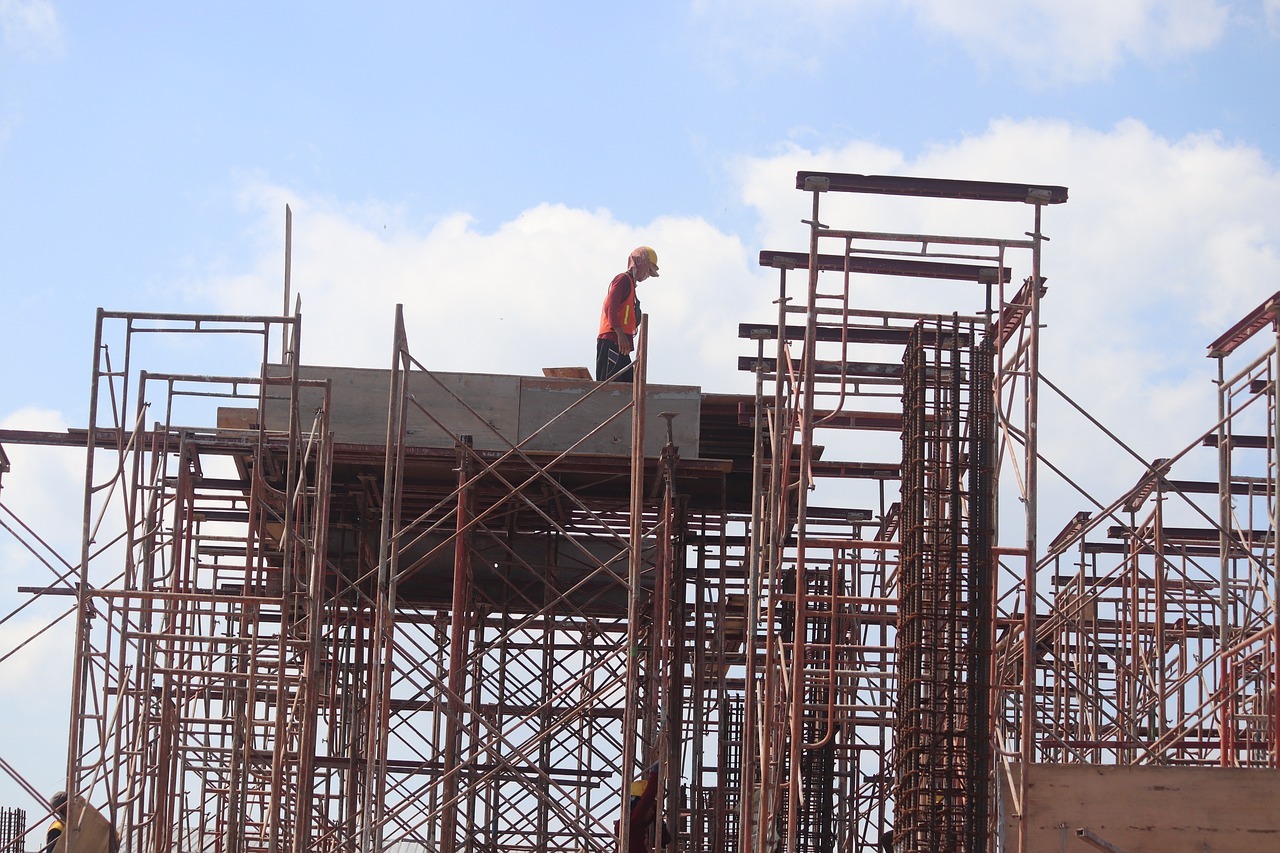An average construction site produces up to 15 tons of gas that can seem harmless, but the effects can be far-reaching. Dust can cause irritation, respiratory problems, and even cancer in the long-term depending on the type of material a contractor is working with. Also, dust can cause construction projects to stall, so there is a need for construction companies and contractors to reduce dust and the health risks associated with it when working on projects.
Water the Site
The cheapest way to reduce dust at construction sites is to wet the area before the teams start work. Site managers can use water trucks to wet roads, areas with a lot of traffic, and even structures during demolition.
Using water like this is very effective, but it has a few downsides. First, the team might have to respray the construction site depending on the location, weather, and temperature. Second, vast amounts of water can cause mud and erosion, both of which are undesired on construction sites.
Wear Personal Protective Equipment (PPE)
Every construction worker should wear the right PPE depending on the site and material they are working with. PPE provides a barrier between workers and the environment thereby reducing contact with dust and other debris. Some of the PPE they should wear includes masks, goggles, hard hats, gloves, and other protective gear.
For dust specifically, construction workers should wear respirators and dust masks. Employers and site managers must ensure all workers test their PPE before using it to ensure a proper fit. Doing this ensures the PPE is effective at protecting them against whatever they may encounter at construction sites.
When worn correctly, respirators and masks can protect workers from vapors, allergens, and particulates in addition to dust and debris. There are also smart clothing and PPE in development that can detect harmful gaseous elements and vapors to keep workers even safer.
Use Cutting Methods That Do Not Produce Dust
In construction, demolition produces as much dust as construction. To contain dust, some companies use innovative cutting methods when bringing structures down. A common method is diamond wire cutting. This cutting option uses a diamond wire that is pulled along the cut location by a hydraulic motor. The diamond beads embedded into the wire use friction to cut through the material and produce no dust. The best thing about this method is that you can hire a concrete cutting company to use diamond wire sawing to cut through different materials including different types of hardened and unhardened metal.
Seal All Ducts Using Dust Barriers
Air ducts can spread dust through a building, especially during construction. To prevent dust from getting into an HVAC system and this being spread around a building, workers should cover all ducts using a barrier. The barrier can either be a specialized cover or plastic sheeting. Such barriers ensure the dust is contained in one area thereby protecting construction workers who might potentially inhale it.
Use Other Physical Barriers
PPE and dust covers are great barriers for stopping the spread of dust. Workers can use other barriers to further stop the spread of dust. Such barriers include dust collectors, taping down different areas and barricades. The point is to contain the dust in the building, with construction workers further protect themselves using PPE.
Workers should also consider using signs that limit access. These are great for preventing dust from escaping while also ensuring workers who do not have the right PPE do not enter the site.
Use Remote-controlled Equipment
Construction companies are already looking for ways to stop workers from entering potentially hazardous areas including ones with a lot of dust. An option that is becoming popular is remote-controlled equipment. For example, companies use drones to scout an area where a demolition will take place while others help construction workers do their jobs remotely.
A common example is remote-controlled vehicles that can be deployed from off-site locations or that need to be operated and supervised using line of sight.
Ventilate Properly
There are instances when workers cannot avoid working in a dusty environment. A typical example is when they are working inside a room doing renovations. One way of protecting workers in such a situation is ventilating the space properly. Teams can use ventilation systems to remove dust and fumes while bringing in clean, fresh air. Such ventilation systems ensure the concentration of dust does not get too high and compromise the working environment or harm workers.
Construction sites can get very dusty, especially if workers and supervisors do not take measures to keep themselves and everyone safe. Fortunately, there are several options they can use to create a safe working environment, whether constructing or tearing down a structure.

